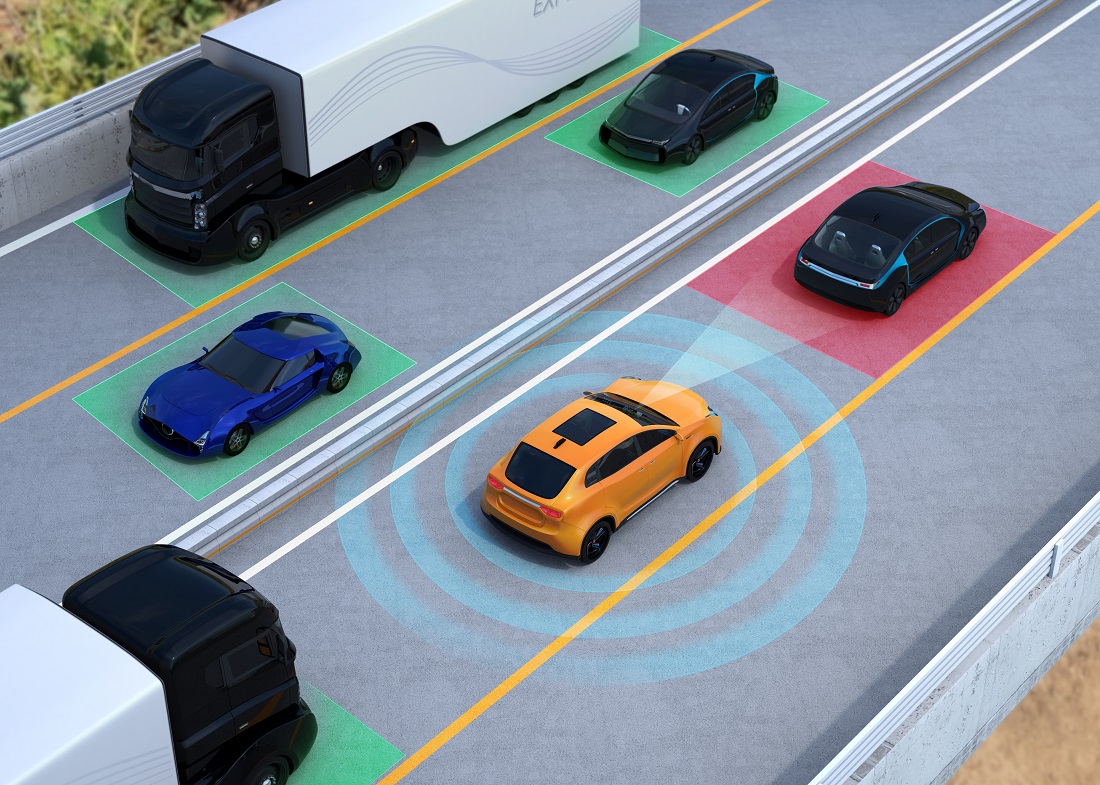5G
Seize New Business Opportunities with Practical Applications of 5G
Recently, 5G communications technology has been frequently talked about in relation to various major industries – it even seems that in order to keep up with technology trends, everything should be connected with 5G! When discussing 5G however, key features such as high bandwidth, low latency and high connection density must definitely be mentioned. As the coming of 5G will revolutionize our future lives, let’s understand more clearly about 5G directly from some real-world examples! And what key role does GIGABYTE play in this next generation communications technology?

Play HD Games on Any Device with Cloud Streaming
Autonomous Vehicles Made Smarter with Low Latency Communications

A Completely Immersive VR & AR Experience
Helping Companies Take a Step into the 5G Ecosystem
Get the inside scoop on the latest tech trends, subscribe today!
Get Updates
Get the inside scoop on the latest tech trends, subscribe today!
Get Updates















